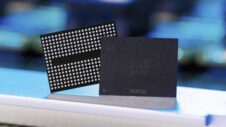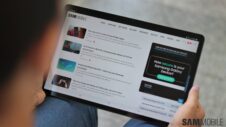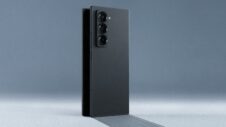Samsung has started a new chip manufacturing production line, called the P3, at its 2.9 million square meter campus in Pyeongtaek, South Korea. This facility is, by far, the largest chip manufacturing unit ever built by Samsung.
According to Yonhap News, the P3 production line is equipped with ASML's extreme ultraviolet (EUV) lithography machines, which are critical for fabricating advanced semiconductor chips. Samsung has been manufacturing state-of-the-art NAND flash memory at this facility since July 2022.
At a press briefing, Kye Hyun Kyung, President & CEO of Samsung Electronics Device Solution, said, “the Pyeongtaek campus is fast emerging as Samsung's key manufacturing hub for cutting-edge semiconductors ranging from the world's smallest 14-nanometer (nm) DRAM and leading-edge V-NAND to sub-5nm logic solutions.”
The South Korean tech giant has also started developing another production line at the Pyeongtaek campus, called the P4. The 2.9 million square meter campus at Pyeongtaek is home to 60,000 employees, and it is almost the size of the 1.45 million-square-meter Giheung campus and the 1.6 million-square-meter Hwaseong campus combined, according to Samsung.
Samsung currently has five semiconductor manufacturing facilities in South Korea (Giheung, Hwaseong, Pyeongtaek, Onyang, and Cheonan), three in China (Suzhou, Tianjin, and Xi'an), and one in the United States (Austin). The company is also building another $17 billion plant in Austin, Texas.
US President Joe Biden visited the Pyeongtaek campus in May this year to check Samsung's 3nm chip fabrication process and stressed the importance of semiconductors and close collaboration between the US and South Korea in this field.
At the press briefing, Kye Hyun Kyung also noted that the chip industry is going through a down cycle and facing various difficulties as businesses have tightened their spending due to the slowdown of the global economy. According to him, consistent investment is crucial to overcome this issue.
“I don't see good momentum in the second half and into the next year … but we will try to turn this crisis into a good opportunity. Less investment in a down cycle could lead to bad results in good times. Consistent investment is the right way to go,” he said.






